Kenya 2014 – Day 3: Here comes the sun
November 20, 2014. (Previous day)
Once again we head out of camp just before sunrise, racing to find a suitable foreground subject for the golden light of sunrise. This morning looks a lot more promising, with a lighter cloud cover that seems to diminish as we make our way through the reserve.
We don’t find any Oryx in time for that first flush of warm light, but we do find a Secretary bird in an Acacia tree. We stop to see if we can’t make something of the opportunity. I have some shots from earlier I’m really happy with, so I decide to try to go for silhouettes, since these birds have such a characteristic shape and interesting behavior. Secretary birds don’t seem all that comfortable in the tops of Acacia trees (well, they’re trees with 5cm long thorns, who can blame them?), and tend to change positions now and then. As they do, they seem uncertain about their own ability to keep balance, so they often spread out the wings to help with the balance.
After giving us some nice poses, the Secretary bird takes off, and we continue to scout for subjects. Shortly after we come across a small group of Oryx. We haven’t seen many of them on this trip, so I’m happy we came across some while the light was still fairly good.
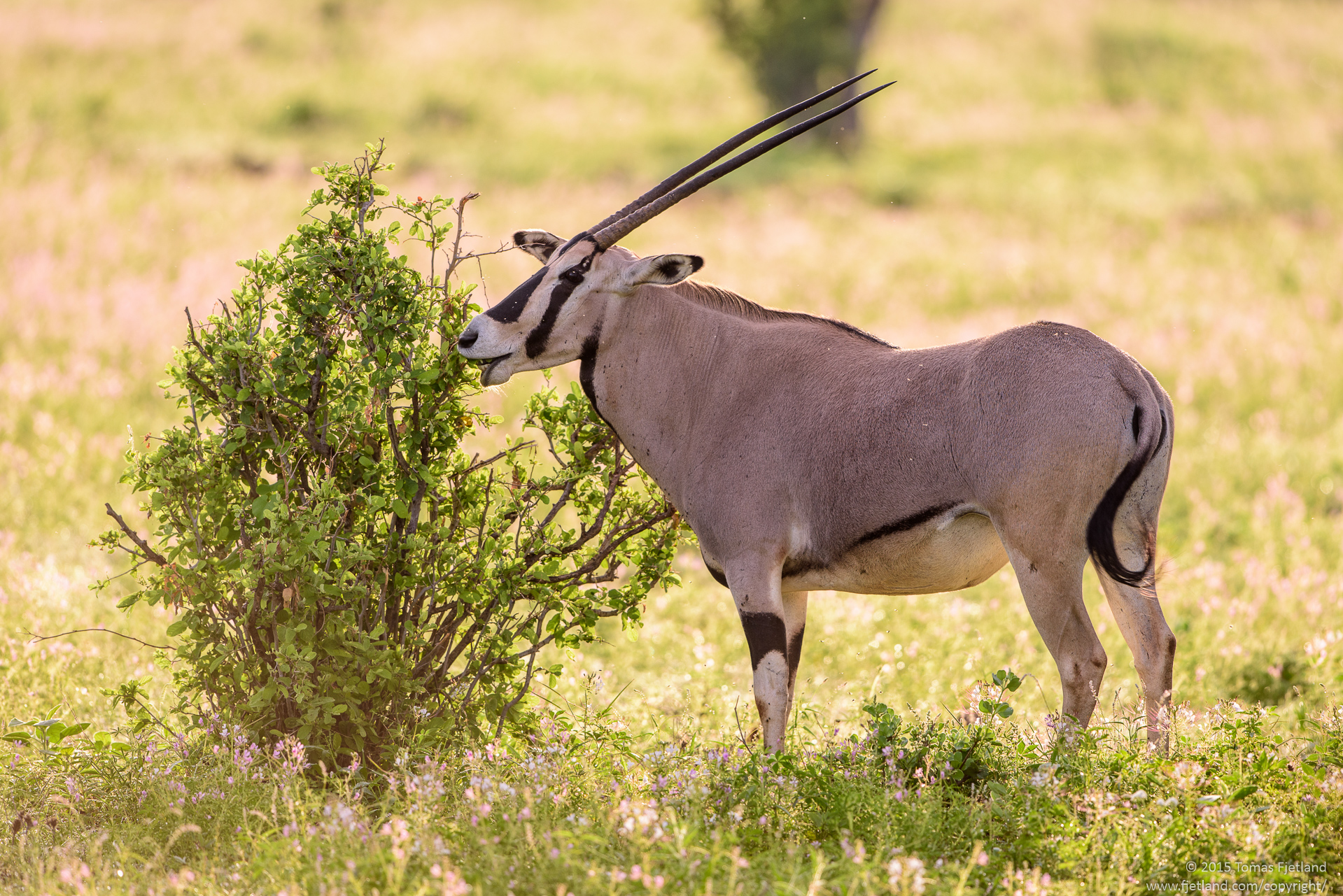
An Oryx enjoying the leaves of a bush in a meadow of flowers. As the sun rises behind him the meadow is bathed in golden light.
One of the nice things about travelling a bit later in the season than the more standard august-september, is the first (short) rain season will have passed, and the landscapes are so much more lush and green. And in some places like this, flowers will cover the ground, which really adds something to the pics, I think.
Also, this is the time that many grazing animals and birds schedule the arrival of their young for, so there’s much more activity and interesting behavior to see. For birds, this can include courting:
After a few days of showers and windy, chilly nights, it seems it wasn’t just us photographers that appreciated the warm morning sunlight.

A lioness obviously enjoys the first warmth of the sun in the morning. Her cubs are sleeping in the bushes nearby and she’s obviously enjoying some peace and quiet in the morning.
Samburu is home to a large number of weaver species. There are heaps of nests hanging from practically every tree in the reserve. We were lucky enough to come across a Vitelline masked weaver who was busy both showing off a newly constructed nest, as well as building a new one from scratch. He had been considerate enough to do both in a tree fairly close to the path.
- This Vitelline masked weaver had recently finished this nest, but was already busy building another one, just in case this wouldn’t be enough to attract a female.
- A Vitelline masked weaver starting a new nest. Making sure the attachment to the branch is secure is the most critical stage.
- Weaving in a solid leaf over the thinner straws to add strength, this Vitelline masked weaver builds more nests to increase his chance of impressing a female.
- Regularly checking the surroundings for predators, this Vitelline masked weaver doesn’t want to risk getting caught off guard while building his nest.
- Female Vitelline masked weaver checking out a nest. If they don’t like what they see, females can start pulling the nest apart. It’s not easy being a nest builder in Samburu…
After a pretty good morning drive we arrive back in camp for breakfast, and then spend the rest of the morning relaxing, and shooting the Vervet monkeys in the camp. Even the pool *almost* gets used before lunch 🙂
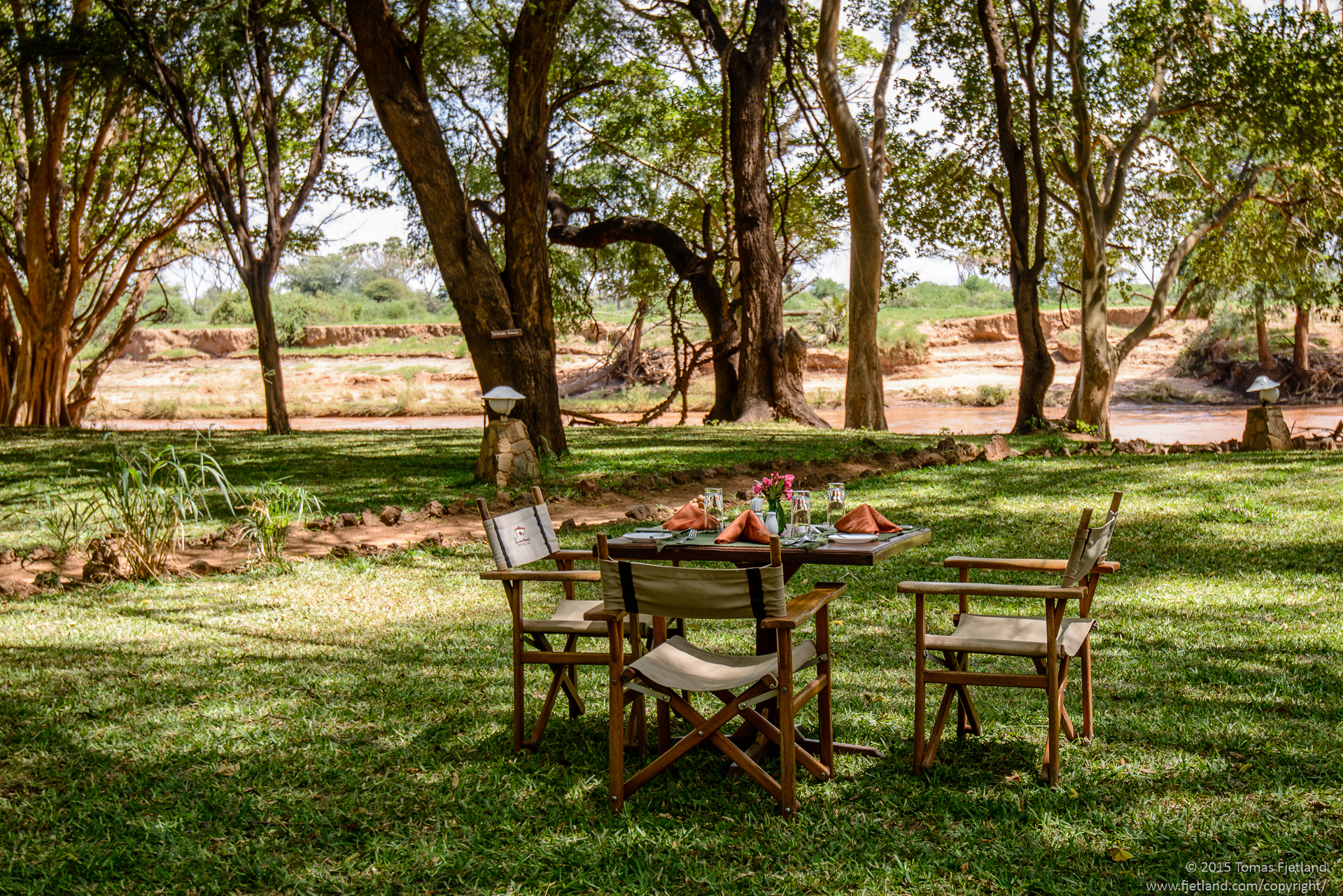
It’s rough conditions out there in the bush, I tell you. It’s a battle for existance. The Ewaso Ngiri river flows past the camp in the background.
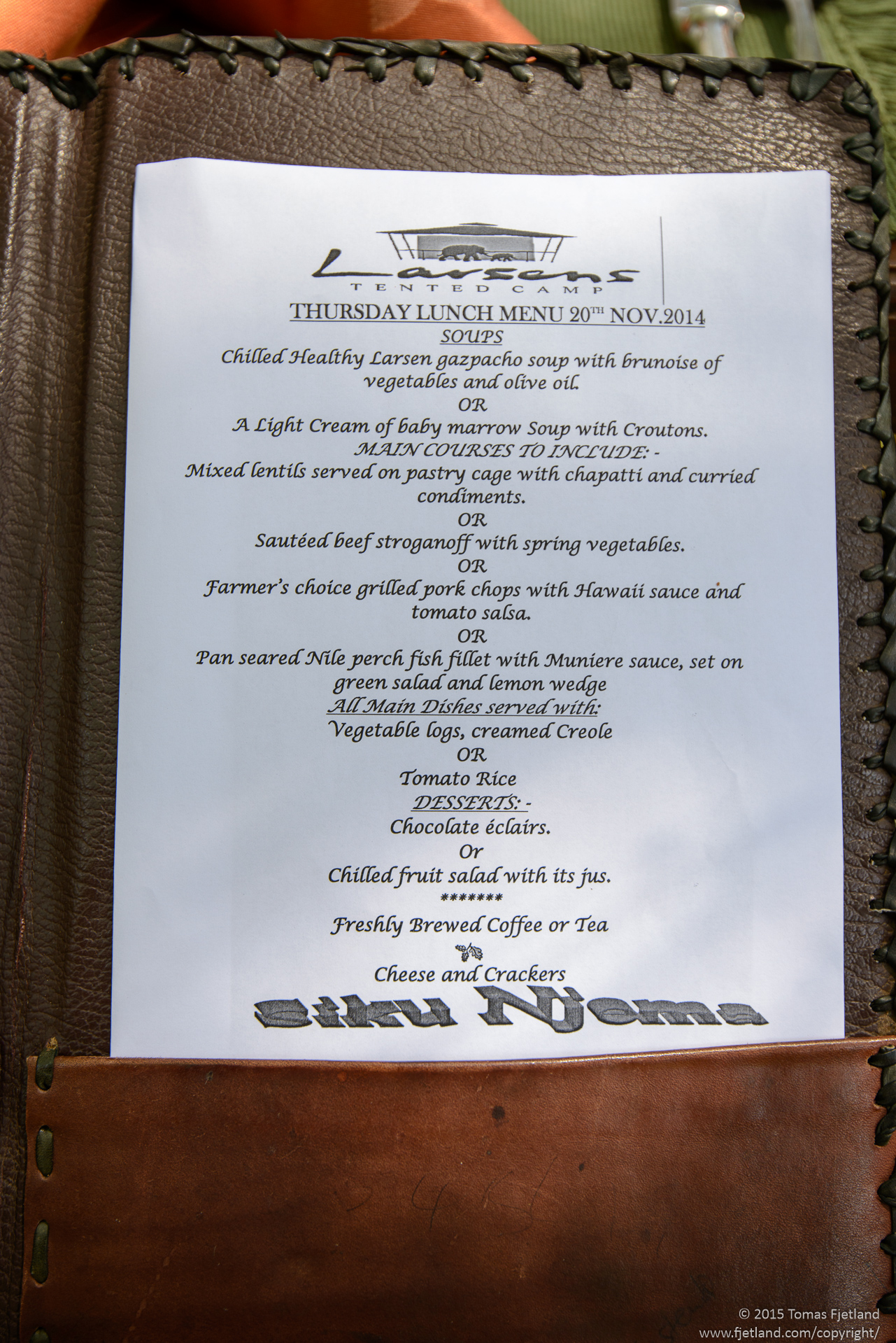
Larsens Camp certainly qualify as a luxury camp in most ways, and the food is no exception. Considering that we were the only 3 guests they had for the 3 nights we were there, the selection on the menu seems excessive 🙂
In the afternoon we head out once again for the evening drive. I know the guides in these places see a lot of weird things on the job, but some never seem to get used to seeing us hauling heavy camera bags in and out of the cars 4 times a day 🙂

Guide Joshua looking in disbelief at the amount of stuff we’re hauling in and out of his Landcruiser for every drive.
This time we head eastward along the north bank of the river, past the Elephant Bedroom camp. We pass some Ostriches, and even more Elephants.
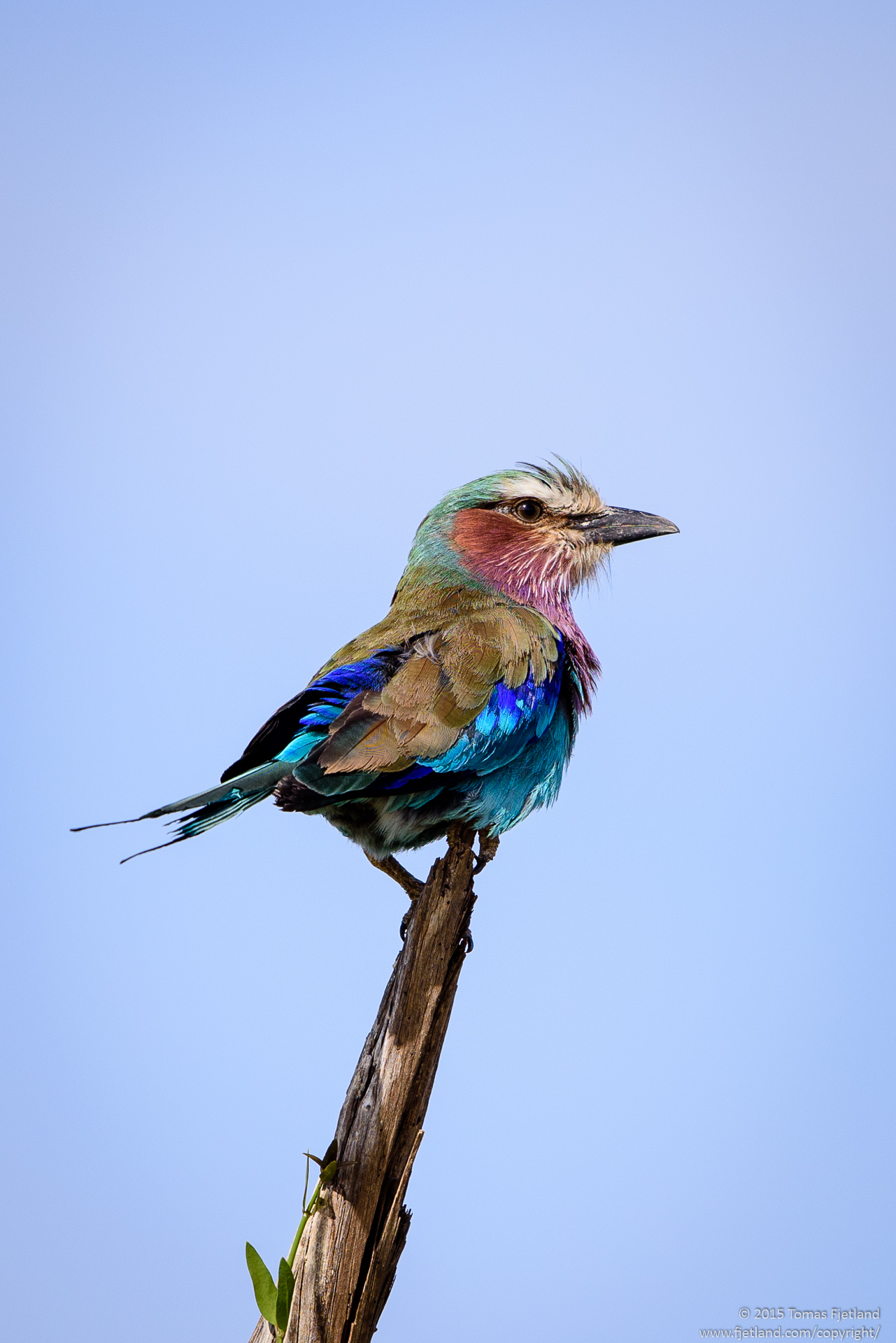
The beautiful Lilac-breasted Roller poses in the top of a dead tree. No doubt one of the most beautiful birds of east Africa.
I didn’t think it would be possible, but with all the elephants in the area, I was almost starting to get a bit blasé with regard to them. Almost like you start not noticing the Wildebeest in the Mara after you passed a few thousand. But then as we stopped by two large Elephants that seemed to be calmly grazing beside each other, away from other groups, things changed quickly.
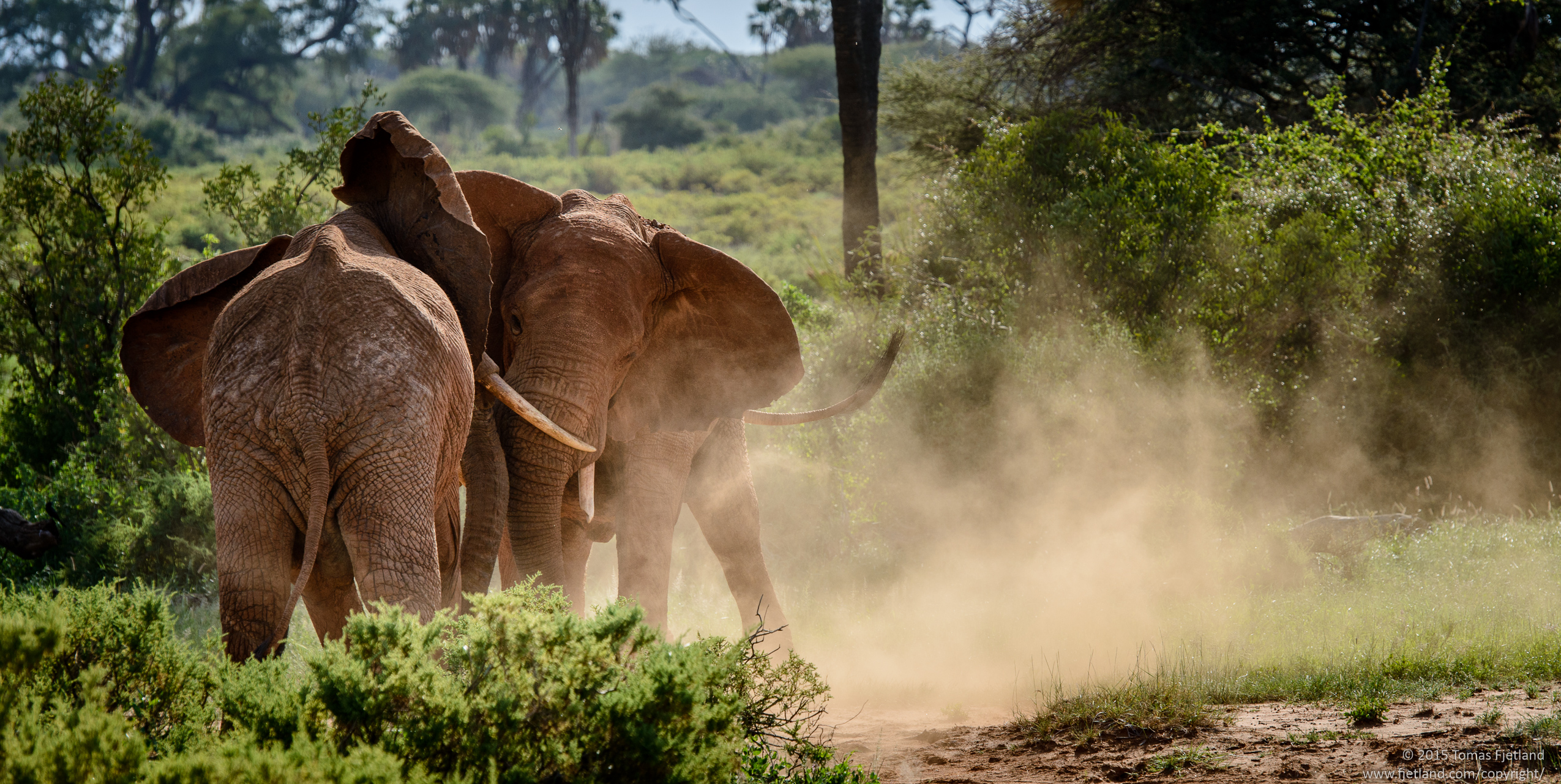
Equally matched elephant bulls can have standoff/fights that lasts for several days. In this case it was seemingly over within half an hour.
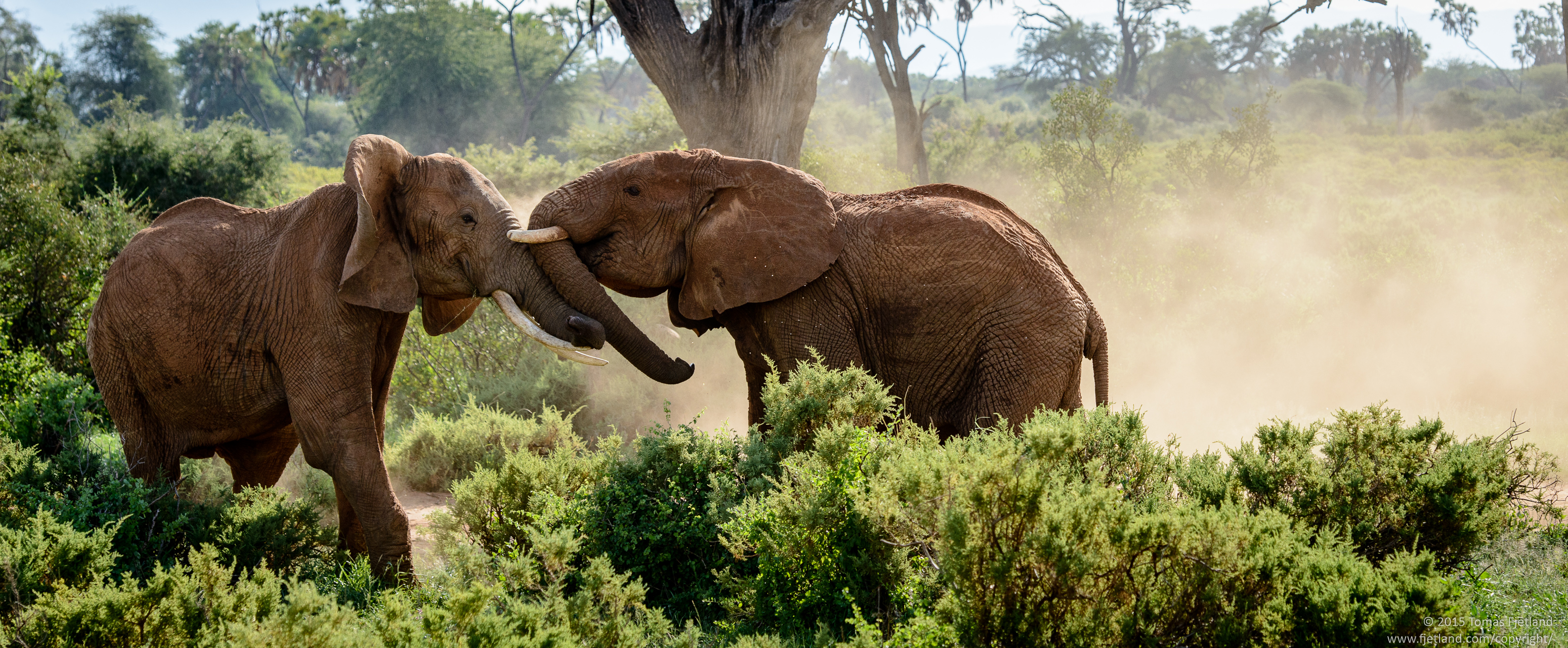
When two large Elephants get in a fight on the dusty sandbanks of the river, the dust clouds they kick up can be seen from far away.
There’s something unreal about being so close to two multi-ton animals with tusks that collide into each other. There’s a lot of force in play, a lot impact. The shots above are all shot with a 70-200mm lens, sometimes as short as 105mm, so we were not far away. Not that they cared…
Samburu (the north of Kenya) has some distinct subspecies of well known African animals that aren’t exactly like the ones you find in southern regions of the country. I’ve already mentioned the reticulated giraffe, which has a different pattern than its southern “mara” cousin. The Zebras are also noticeably different, with the Grévys Zebra being larger and more horselike than its mara cousin. It also has denser stripes, and the stripes don’t go all the way down to under its belly. We came across a group of these with one “mara” zebra that had teamed up with them. Joshua didn’t seem to have any idea how it made it here and why there was only one either.
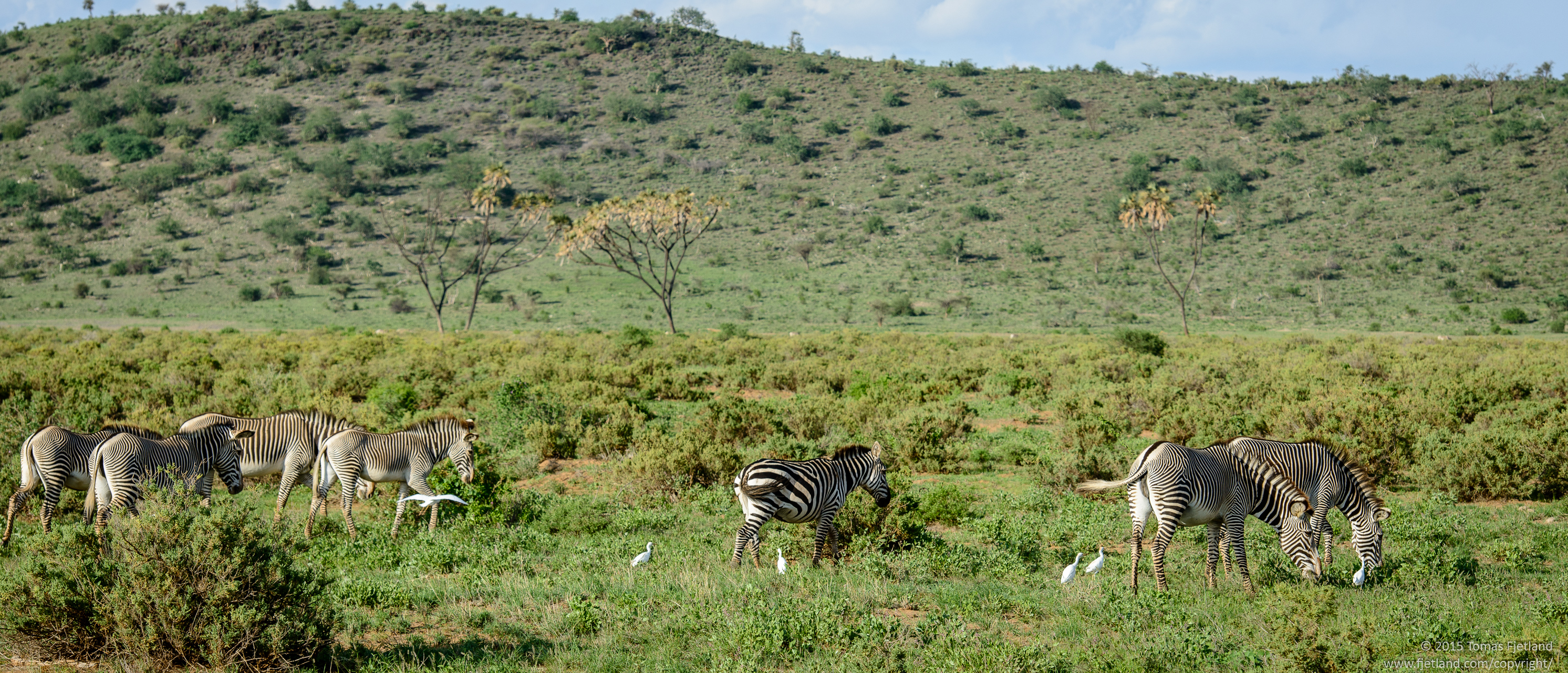
Samburu is normally home to herds of Grévys Zebras, a distinct subspecies of Zebras. Here a lone “Mara” Zebra has joined them.
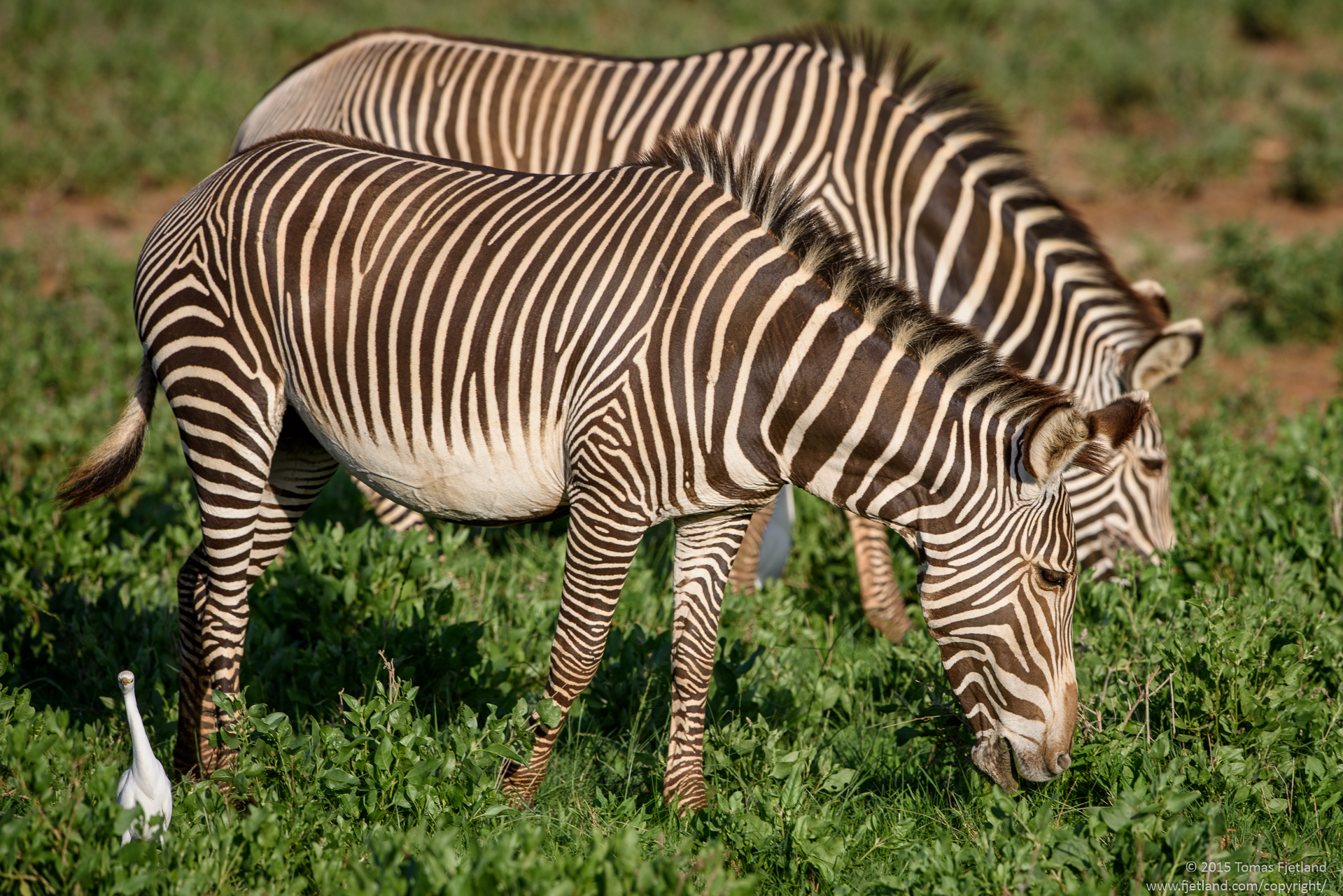
A pair of Grévys Zebras. Notice the denser stripes and how the stripes don’t go all the way down and under the belly like on “Mara” Zebras.
As we were getting closer to sunset we started heading back toward camp, hoping to find a suitable subject to shoot against the sun setting. But somehow all the animals had suddenly disappeared and we couldn’t find anything, which was a bit disappointing for our last evening drive in Samburu. We saw the tail of a Caracal disappearing into the undergrowth, but that was as close as we got.
When we returned to camp, the staff surprised us with having set up the dinner table on the scouting platform overlooking the reserve. Of course since we’re always late back to the camp by the time we were ready for dinner, it was pitch dark, but it was still magical hearing the sounds all around us. Also, thanks to the lights we had probably a hundred species of beetles and moths on the table to observe 🙂
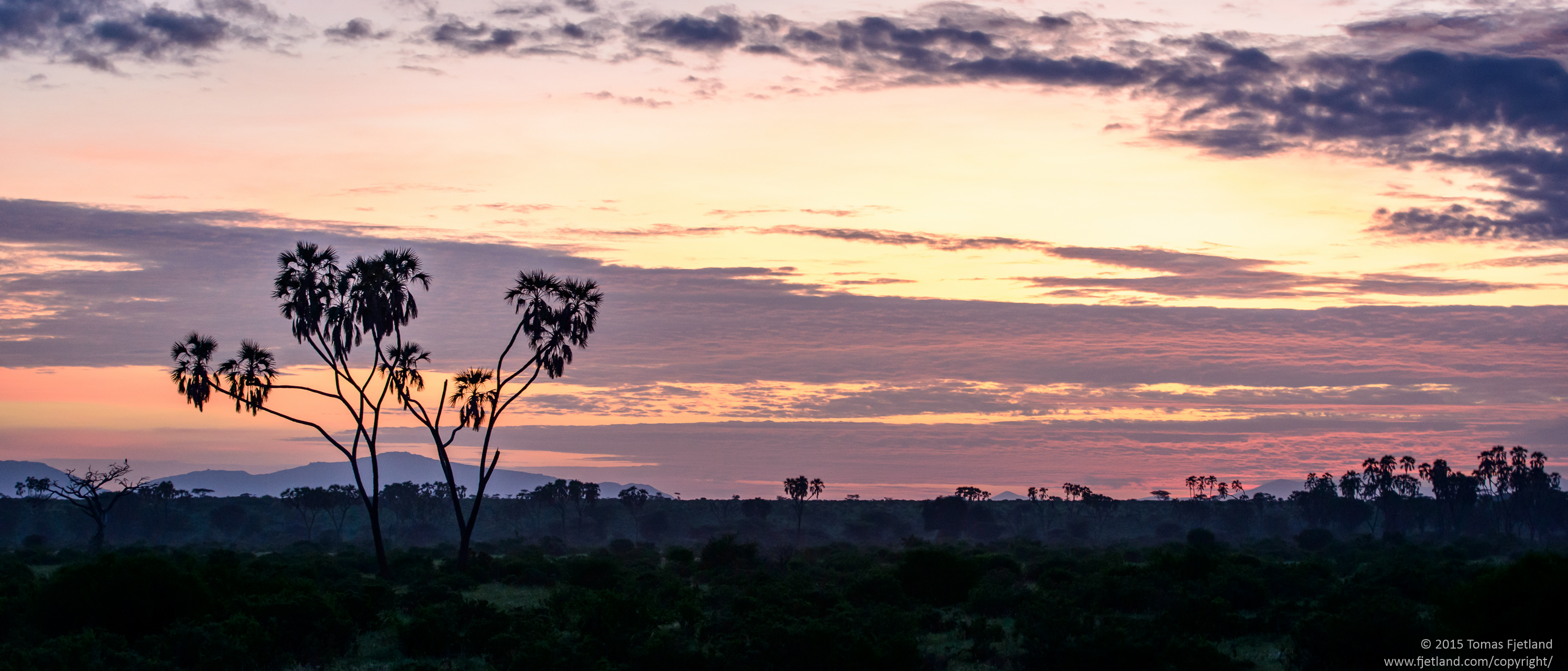
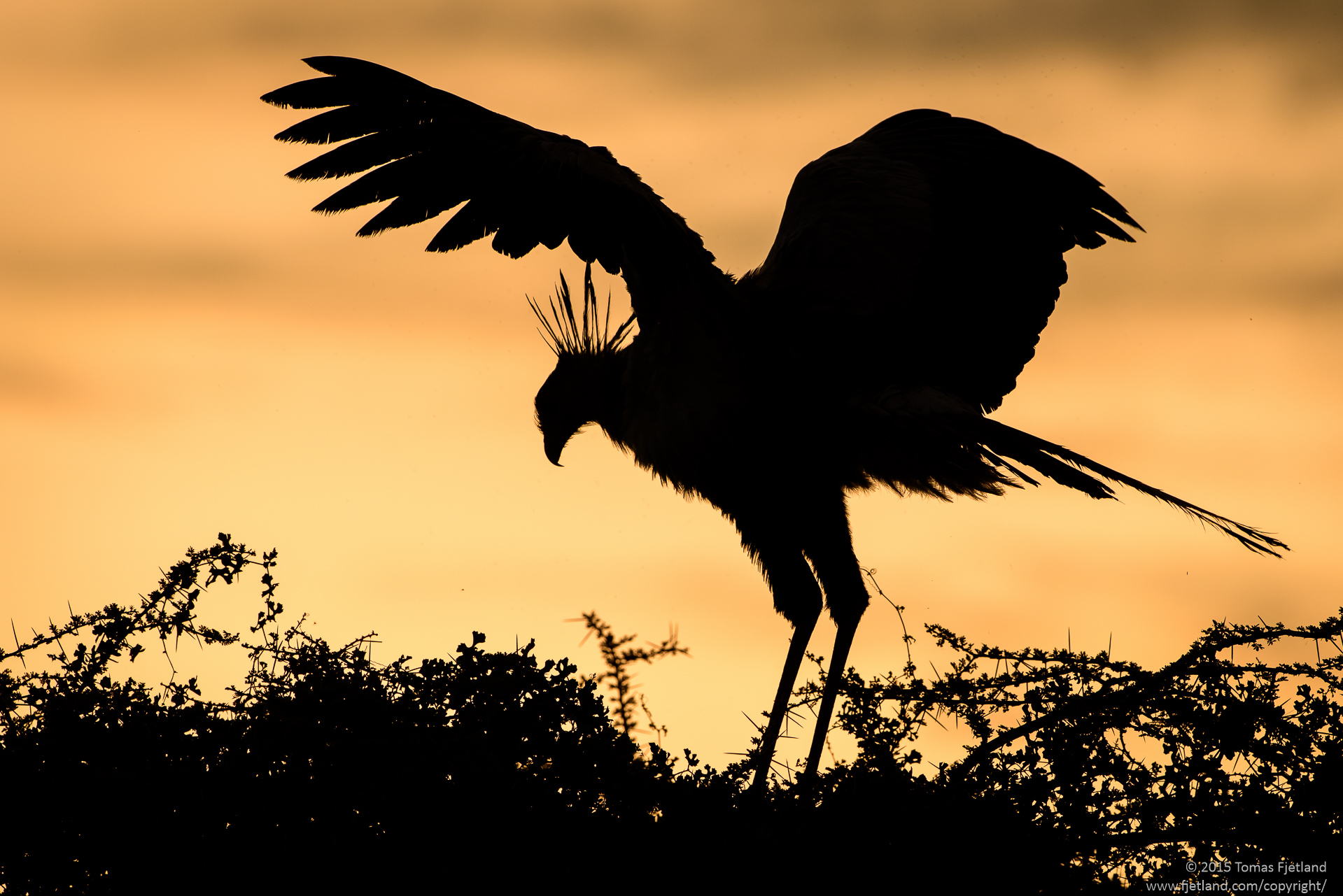
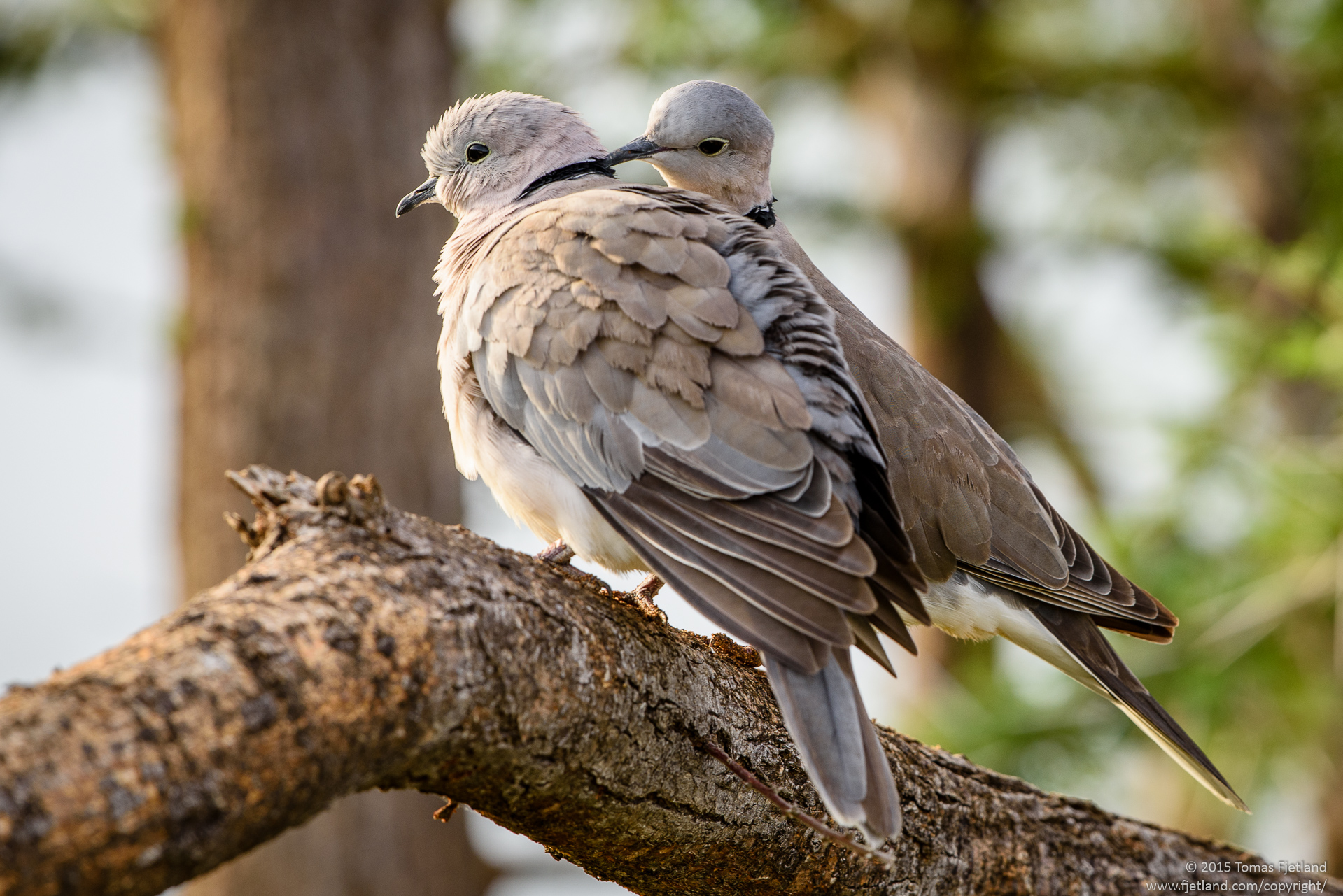
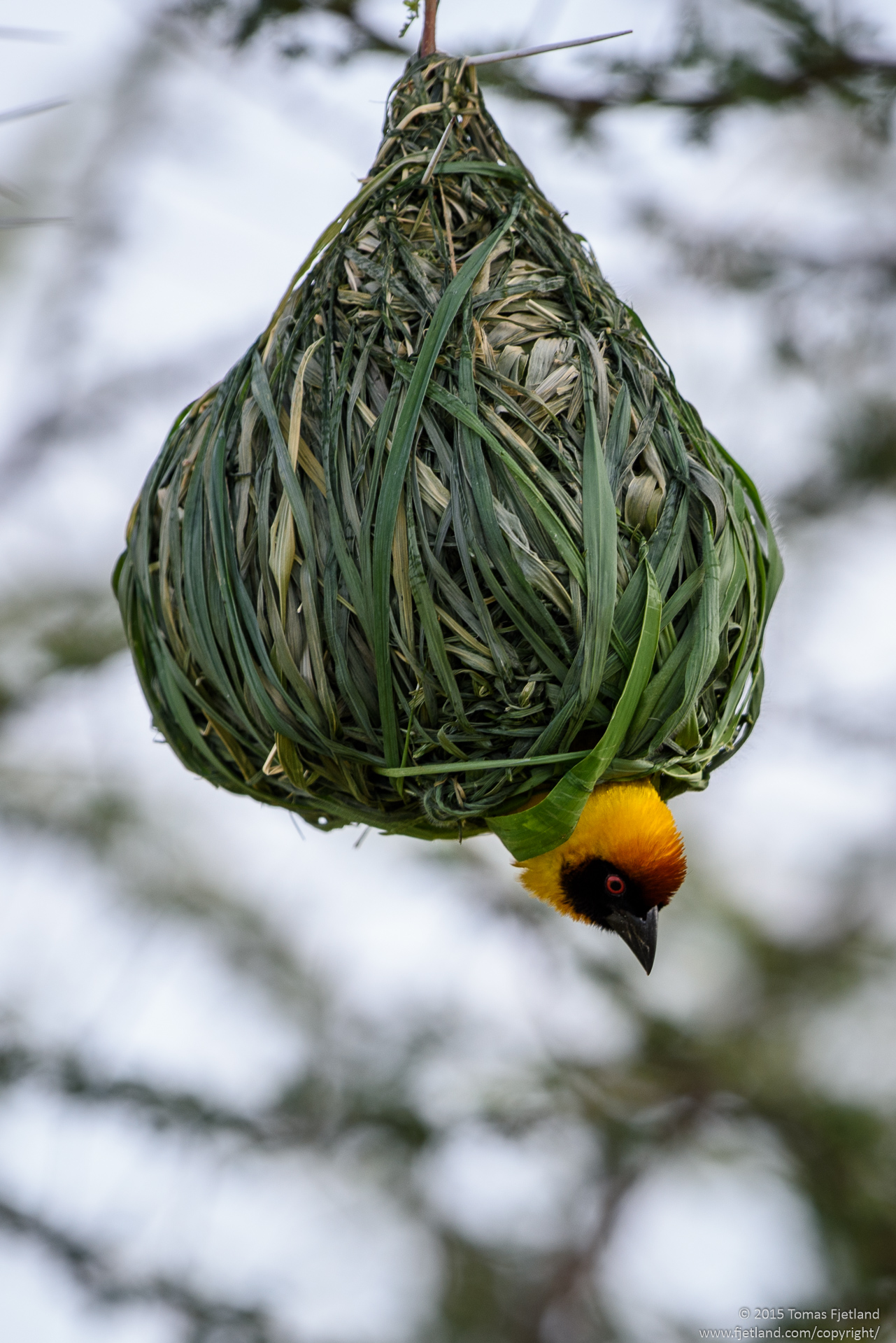

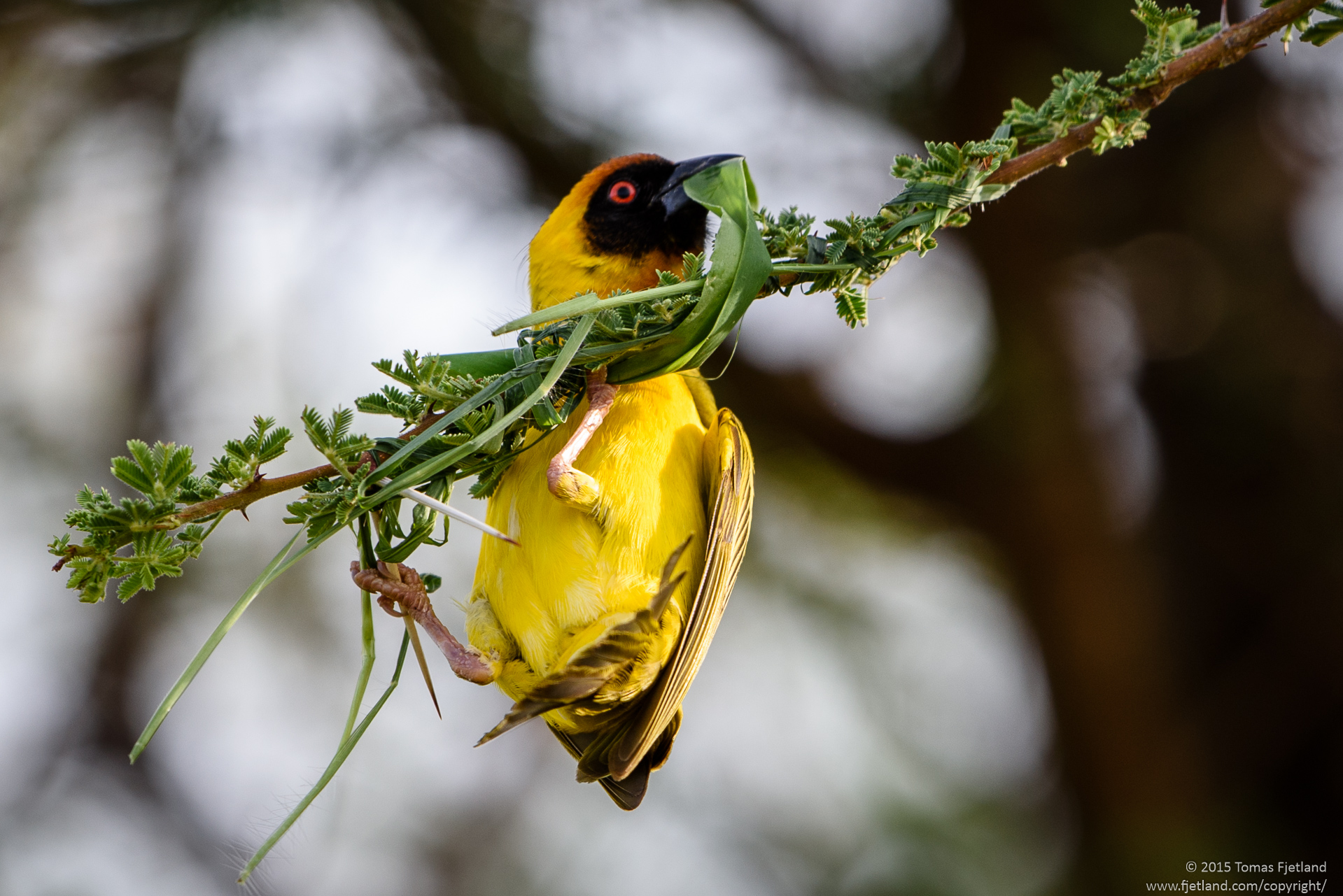
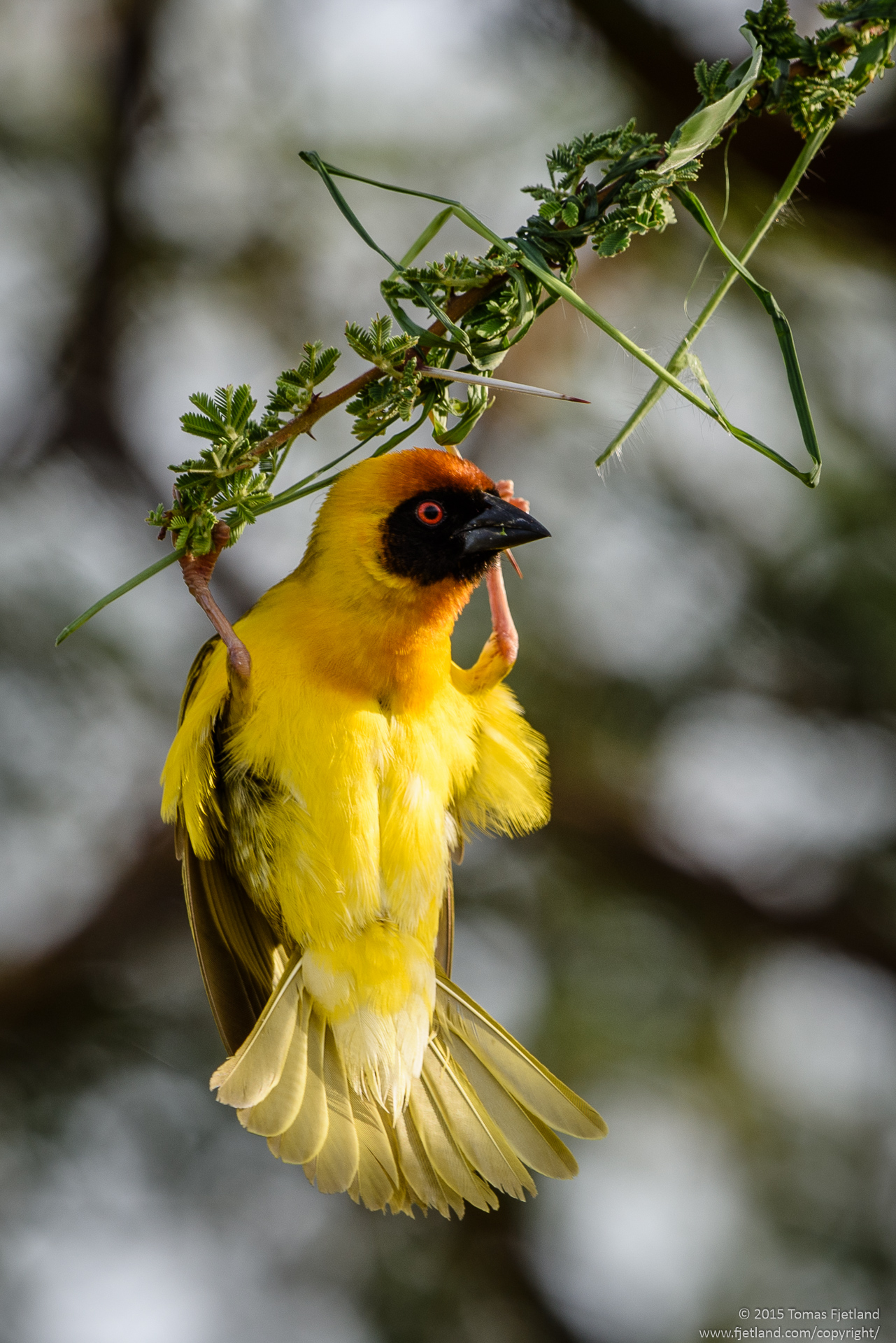
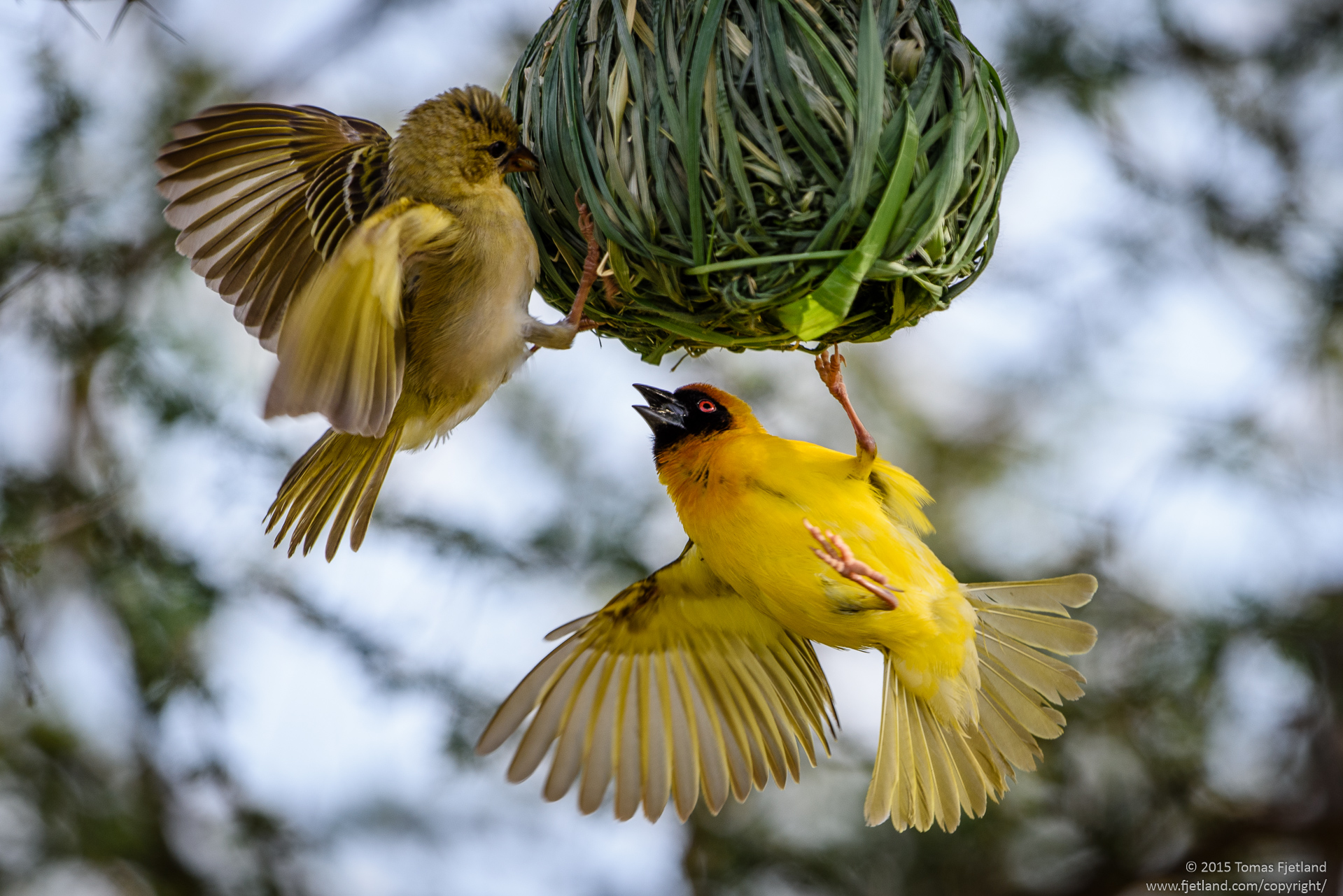

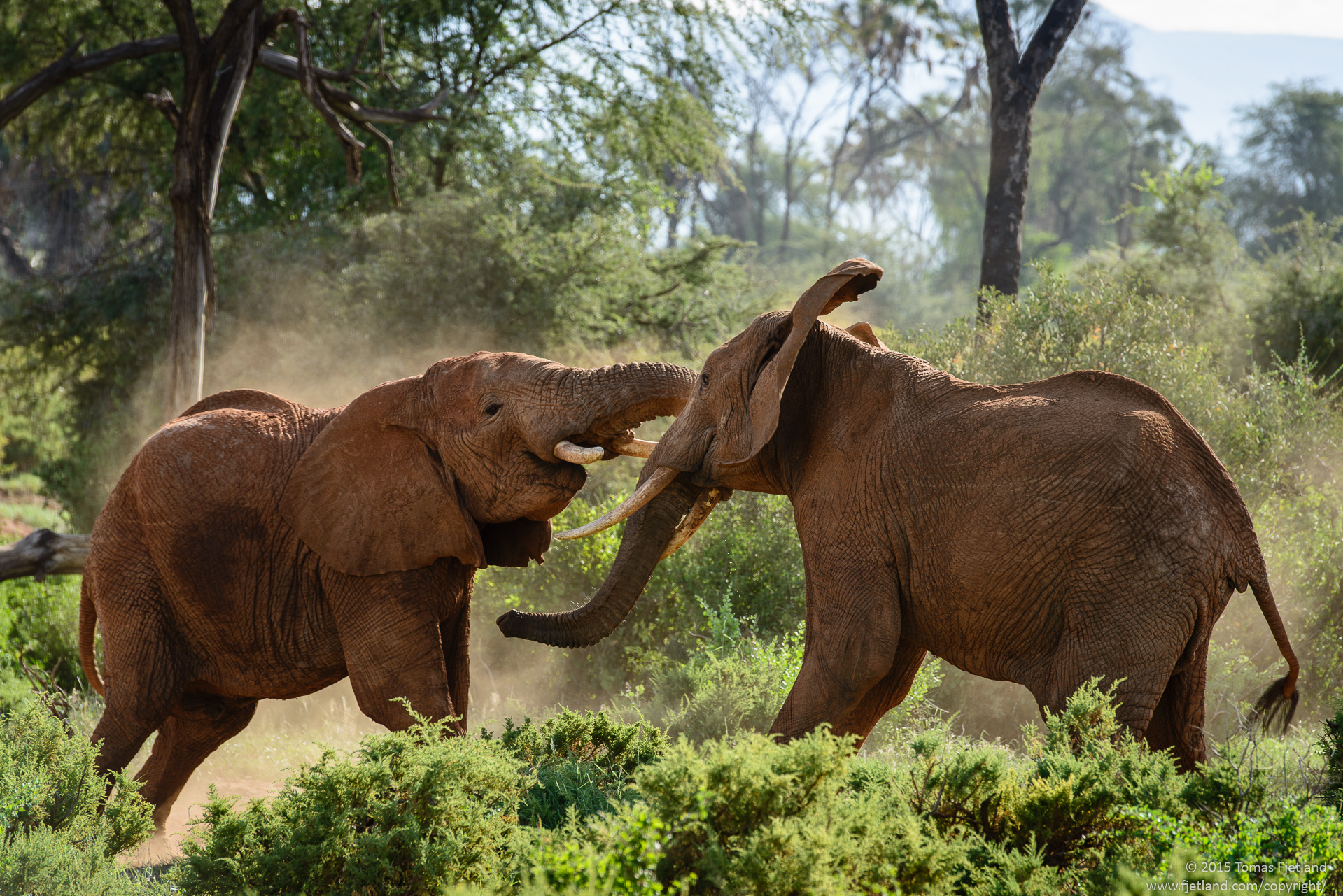

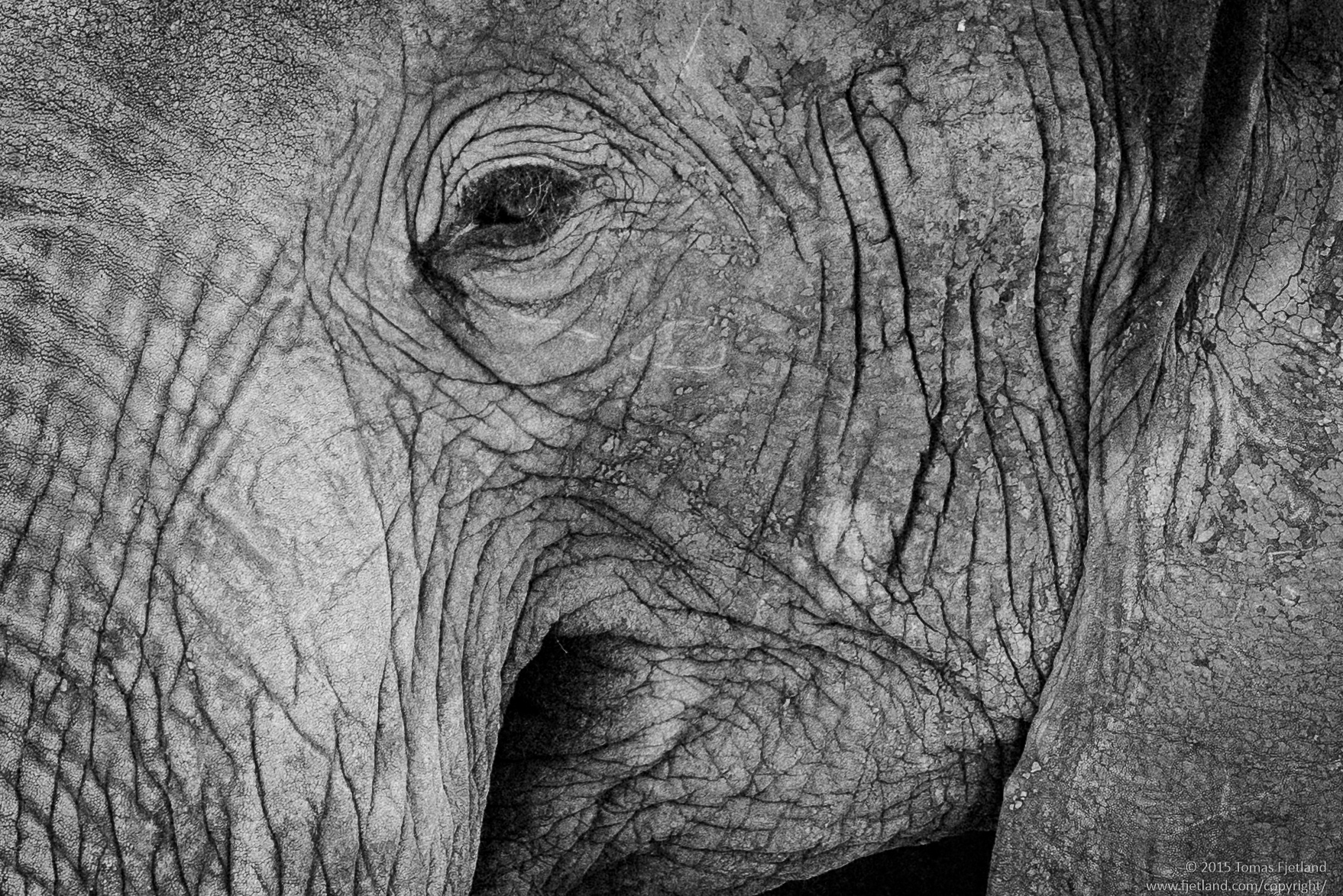
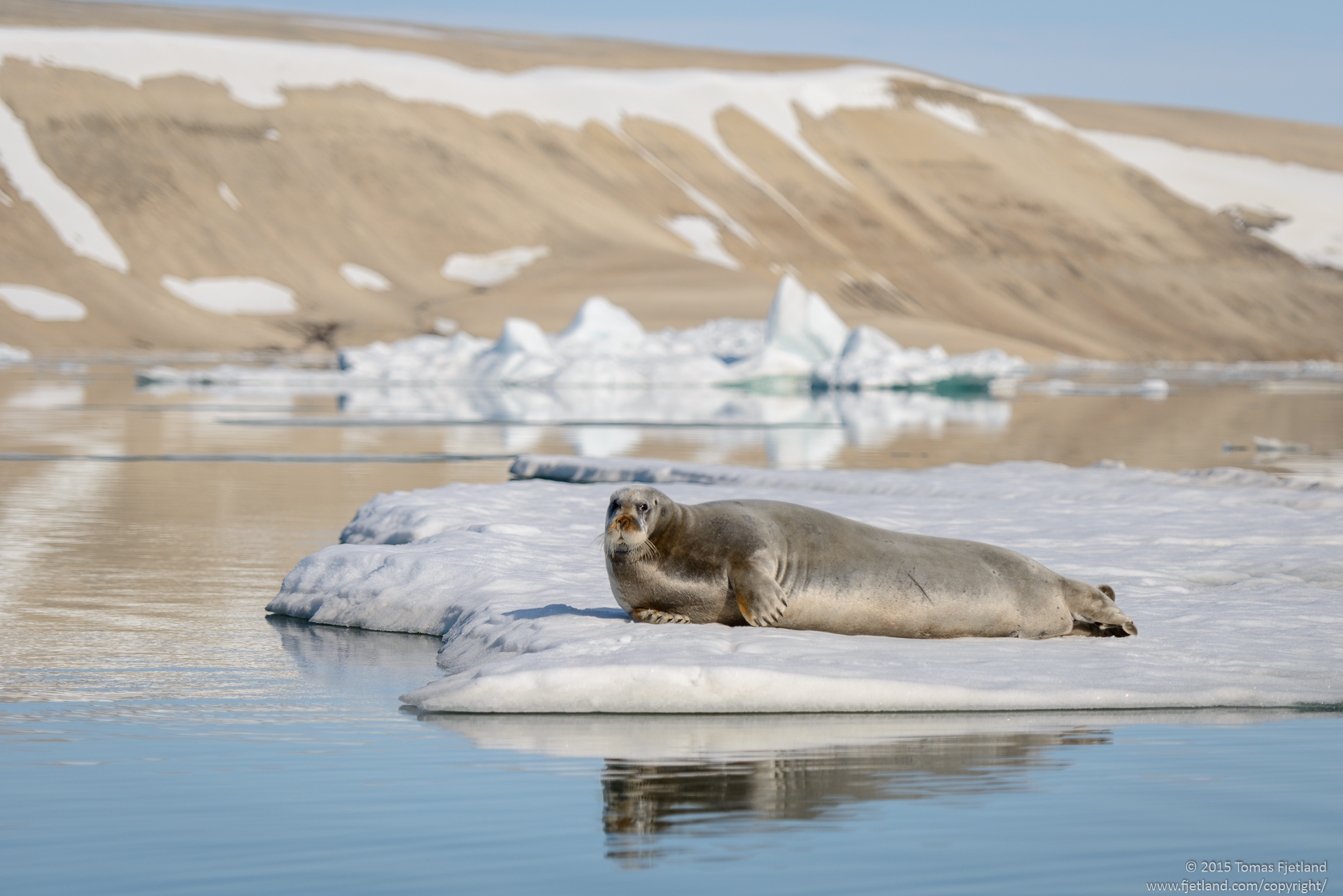
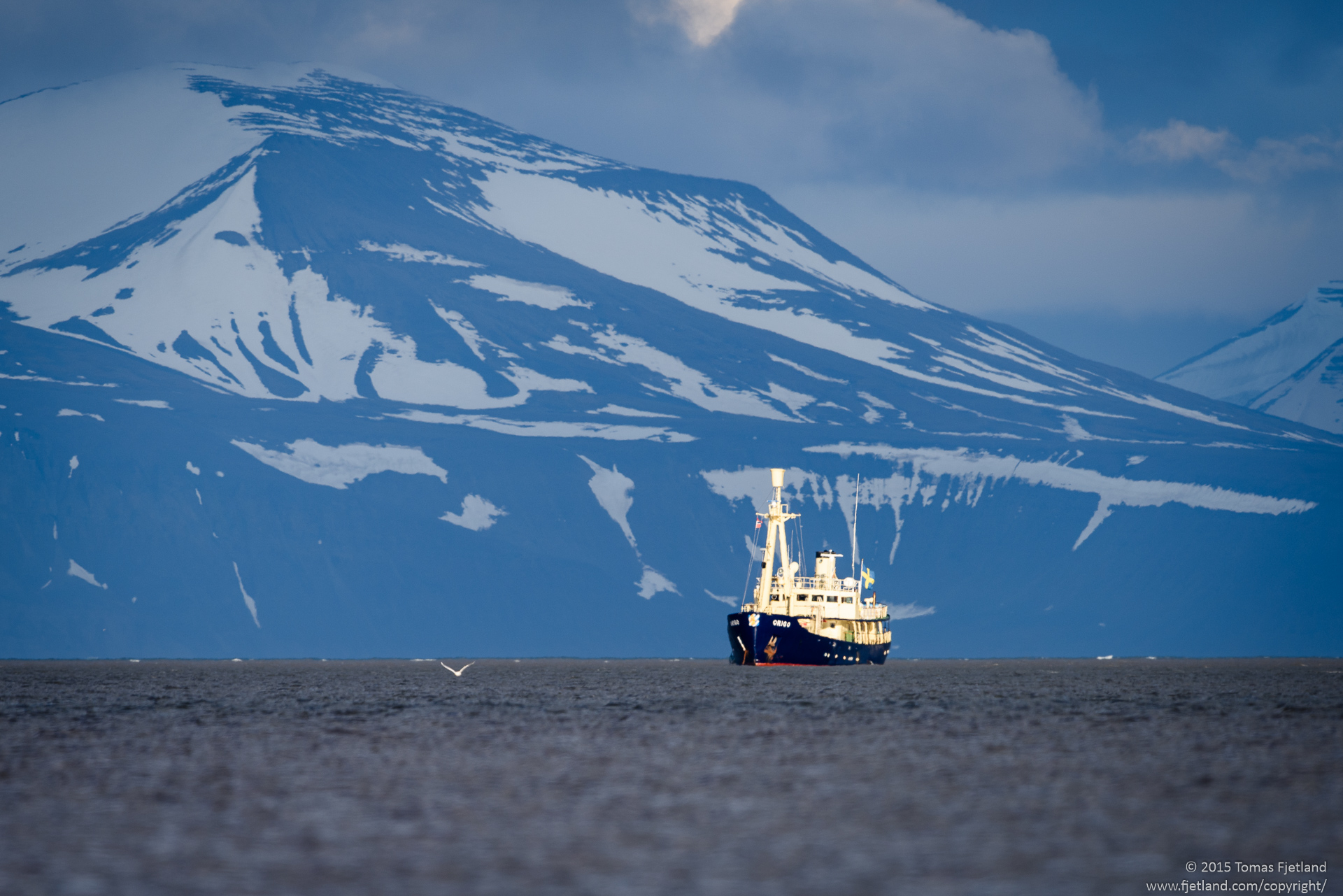

1 Response
[…] November 21, 2014. (Previous day) […]